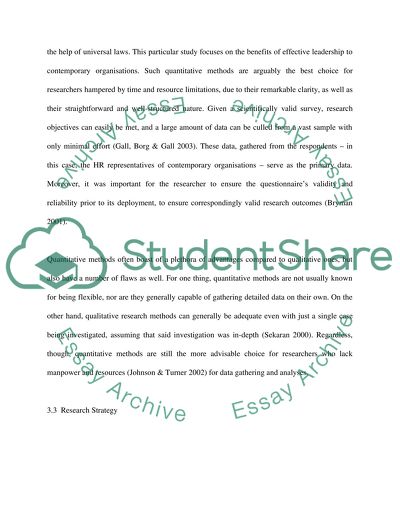Cite this document
(“Benefits of Effective Leadership in 21st Century Organization-HR Dissertation - 1”, n.d.)
Retrieved from https://studentshare.org/human-resources/1409369-benefits-of-effective-leadership-in
Retrieved from https://studentshare.org/human-resources/1409369-benefits-of-effective-leadership-in
(Benefits of Effective Leadership in 21st Century Organization-HR Dissertation - 1)
https://studentshare.org/human-resources/1409369-benefits-of-effective-leadership-in.
https://studentshare.org/human-resources/1409369-benefits-of-effective-leadership-in.
“Benefits of Effective Leadership in 21st Century Organization-HR Dissertation - 1”, n.d. https://studentshare.org/human-resources/1409369-benefits-of-effective-leadership-in.


